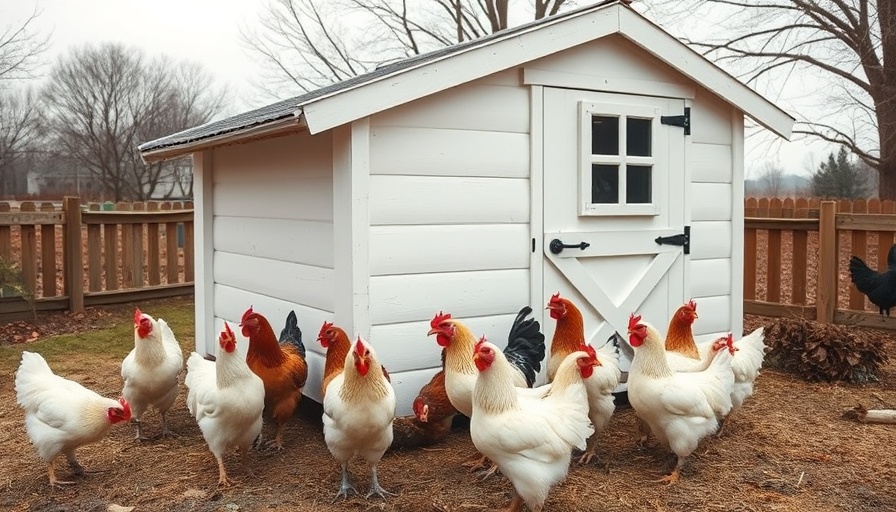
Understanding Coop Size Requirements for Happy Chickens
As an avian veterinarian, I frequently encounter inquiries about the ideal size of chicken coops, especially from new poultry keepers. While personal motivations for raising chickens vary—from fresh eggs to natural pest control—the core requirements for their well-being remain the same. Ensuring that your chicken coop is spacious enough can significantly influence both the physical and mental health of your flock.
The Importance of Space for Chicken Welfare
According to the American Poultry Association, the general guideline is to allow at least 4 square feet of space per chicken inside the coop and 10 square feet in an outdoor run. However, these are minimum requirements; providing more space can lead to less stress and lower aggressive behavior among chickens. Chickens are both social and territorial; if they feel cramped, they may express their discomfort through pecking and other aggressive behaviors.
Common Misconceptions About Coop Size
One prevalent misconception is that chickens do not need much space outside of their coop. However, they require adequate room to forage, run, and engage in natural behaviors. A lack of sufficient space can lead to boredom and associated behavioral issues, such as feather pecking.
Evaluating Your Coop Size: Actionable Tips
To assess if your coop is 'big enough,' consider using these helpful strategies: 1. Count your chickens and measure your space to ensure compliance with recommended guidelines. 2. Observe your chickens' behavior. Signs of aggression or stress may indicate overcrowding. 3. Plan for growth. If you're considering expanding your flock, incorporate that potential into your current setup. By taking these proactive steps, you can contribute to a healthier and more thriving chicken environment.
Ultimately, a well-designed and adequately sized coop is crucial for your chickens' welfare. They deserve a space where they can comfortably move, explore, and live fulfilling lives.
 Add Row
Add Row  Add
Add 




Write A Comment